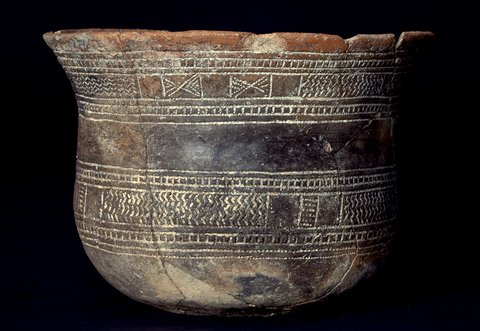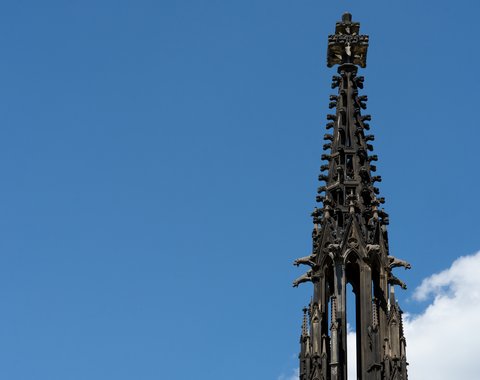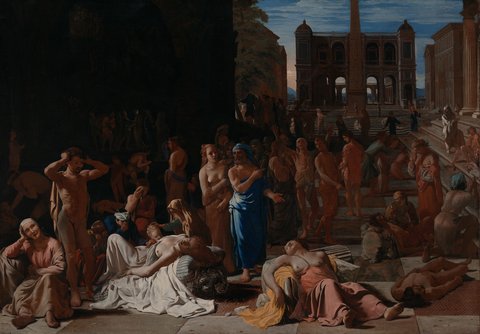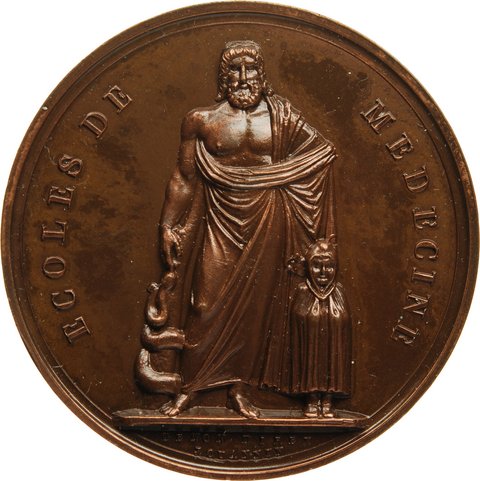Humankind and human diseases in the time before writing
Diseases are not only something that artists pick up on; they are also an important indicator for archaeological researchers. The traces they leave behind offer clues to the circumstances and ways in which people lived, playing a material role in proto-historic research.

The Cholerabrunnen in Dresden
From 1840 to 1841, the city of Dresden escaped an outbreak of cholera, probably thanks to measures that had been taken. Shortly after, on 5 November 1841, Captain Eugen Freiherr von Gutschmid, a baron, art patron and honorary member of the Royal Saxon Academy of the Arts, commissioned the architect Gottfried Semper to design and build a monument to the event in “Gothic style”; the architectural style to which Gutschmid himself was most attached.

Epidemics in the ancient world
Coins and medals are important witnesses of ancient epidemics. You can currently get an idea of this in the Numismatic Collection. In this article, the curator of the exhibition explains the significance of epidemics to the ancient world.

What coins and medals say about epidemics
What we can learn from coins and medals goes far beyond discovering hidden hoards or studying the economic consequences of events. Such artefacts also tell us about societies’ beliefs, hopes and fears. Currently, an exhibition at the Münzkabinett (Numismatic Collection) is devoted to the connection between coins and epidemics. Curator Ilka Hagen explains here what one has to do with the other.
